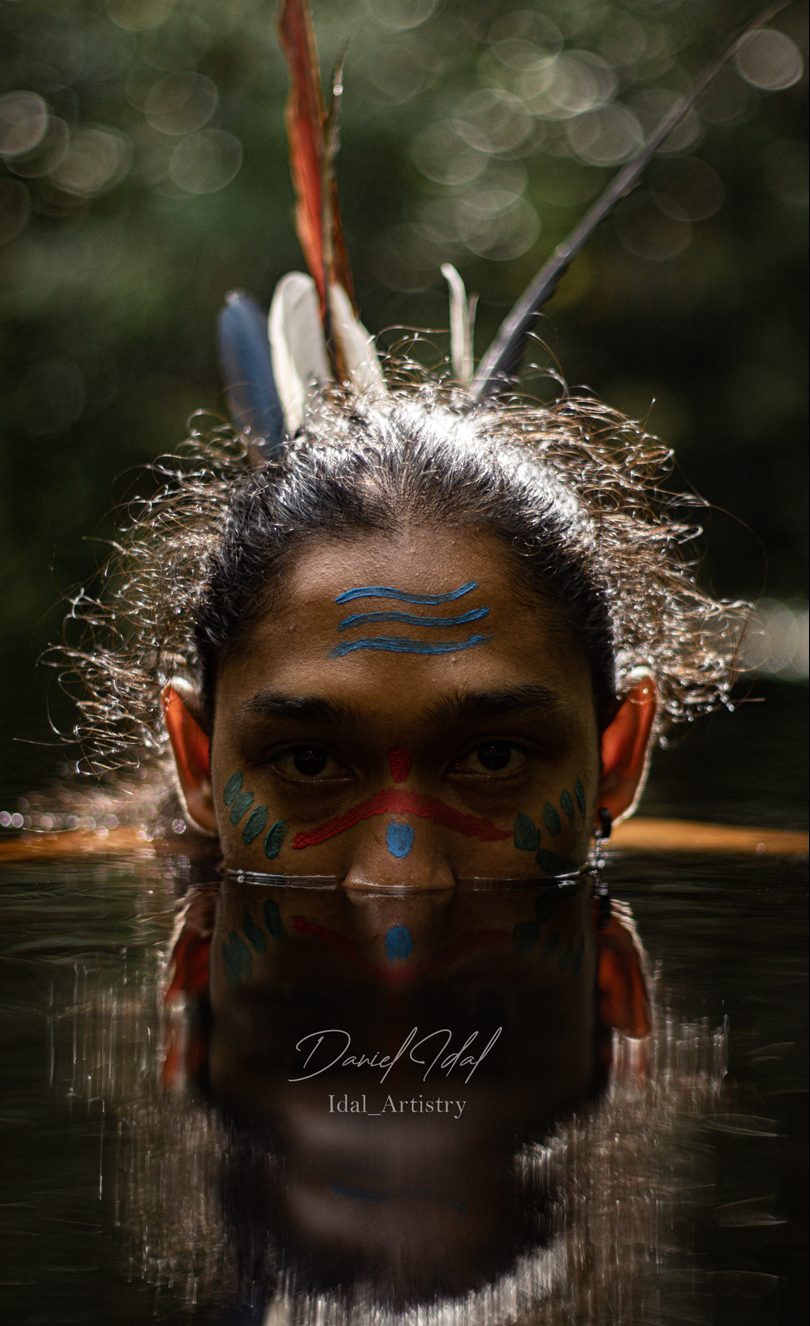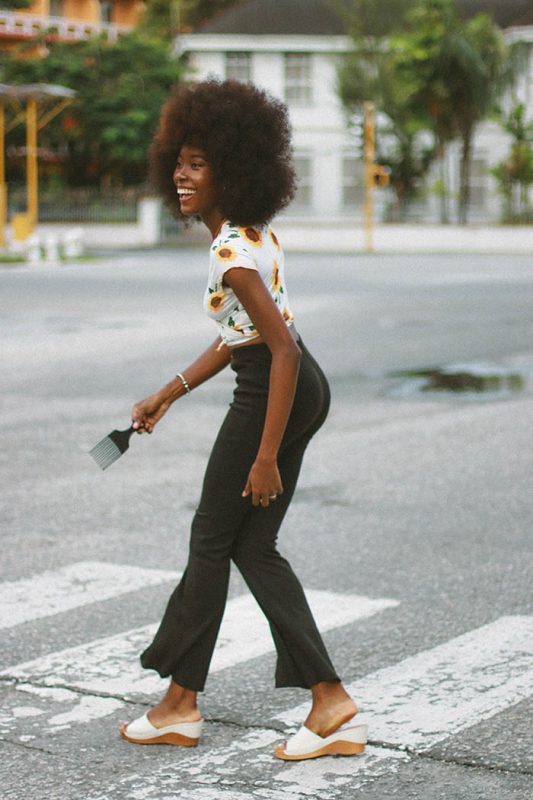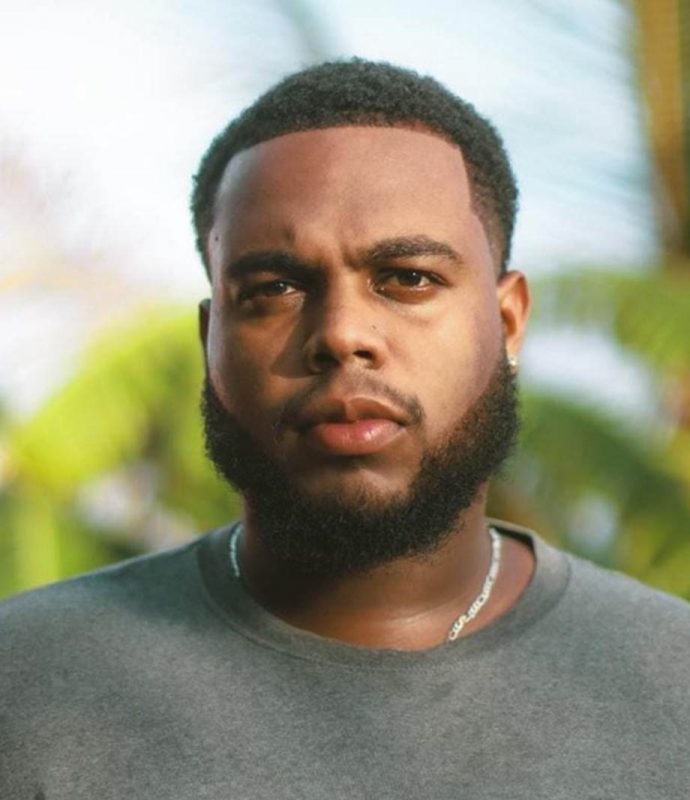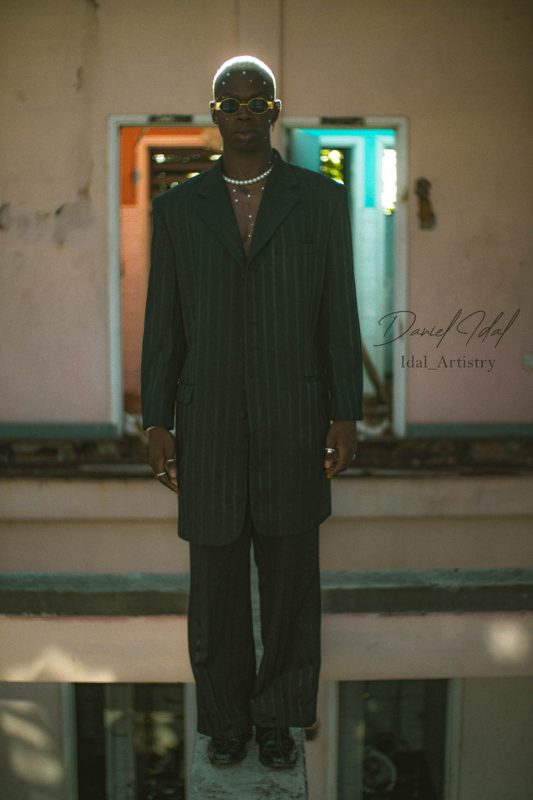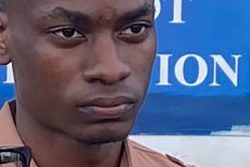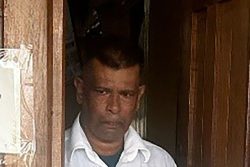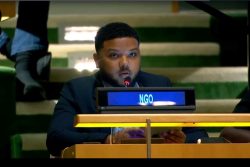Daniel Idal, a 23-year-old photographer, believes that photography is an artistic art form that preserves memories. “A photograph is captured in moving time. People say a photograph tells a thousand tales. It really does. From that one photograph, whoever is around when that one photograph is taken can remember it forever, “ Idal said. “Memories are all we have, and when we are gone, that’s all people will have of us.”
Photography first captured Idal’s attention in tourism magazines that featured Guyana’s nature, but he noticed that these magazines only featured photographers from the West. At 13 years old, Idal thought he could also do this and wanted to see how a Guyanese could capture his own landscape. While this was his initial spark, most of his photography now focuses on capturing people. His photographs aren’t just a snap of his shutter. Idal explained that he likes to get to know a subject before capturing them. Familiarity puts the subject at ease and allows them to lower their guard. He believes that this creates a more authentic memory; the subject is at ease and can be him/herself. Authenticity is what he strives for when creating. He explained that when a subject is conscious of him snapping the camera, it shows in the picture as discomfort. He does not want his camera to reflect this. Instead, he wants people to have fond memories of themselves. “It’s like I’m nice-ing up the memory,” he jokingly said.
While striving to make subjects comfortable, Idal also waits for opportunities to capture candid shots of groups of people enjoying conversations. He believes these are the best moments because people are at their most natural. People, particularly creatives, are at the centre of his creations. He enjoys observing and collaborating with creatives, as their creativity inspires visual images in his mind when viewing a piece of art he likes. Sometimes, watching a dancer, for example, sparks visual images in his head that he can create from, he explained. This transference of creativity has inspired him to collaborate with other creatives, making him a better and more thoughtful artist.
“It is possible for one person to build a house, but it will take forever. However, if you have two or three people helping him to build this house, it will be better,” he said. “Collaboration is something that everybody should do because two or three minds thinking is always better than just one.”
Collaboration has shown Idal that he can reach greater heights with his photography. Recently, one of his photos was picked up by Osengwa, a global brand with hundreds of thousands of subscribers that promotes contemporary black photographers from around the world. Idal’s photo featured model Michael Sam and was a collaboration with photographers Joshua Macey and Ambokile Newton.
While Idal has realised the philosophical nature of photography and how it drives him, living in a modern society almost made him quit. Pressure was placed on him, and he felt that life was a checklist that measured success. He explained that he felt he needed to own a house by a certain time and acquire other material wealth. It burnt him out, but exploring photography using film renewed his passion. He got his hands on film and unlike digital photography, the financial stakes and the time required to process the photo are greater. Idal said that with film, he learned to slow down. There is no review of the photograph and it has to be taken to a lab for processing. He had to be more intentional about his photographs. It made him realise that he was shooting too fast before. Slowing the process down allowed for greater and more meaningful photographs. He transferred this ideology to his own life and realised that life can be slowed down. It does not need to follow a strict timeline to achieve material possessions that society views as a measure of success.
Idal now has his own rubric for success. He said that not enough heed is paid to the popular maxim, “be yourself.” He believes that one of the greatest strengths human beings have is the ability to be authentic. It allows for expression that is innate to oneself and brings out one’s best creativity. Idal doesn’t believe in waiting around for the right time to be creative. If there are challenges, then creatives must find a way to express themselves. And, of course, the path to greater creative success lies in collaboration and creating a community with other creatives. As he said, it’s better to build a house with others than by oneself. He hopes that his philosophy on photography can evoke a warm feeling of nostalgia when people look back at that frozen moment in time.
